That cute new sleeveless dress in the store? Forget it. That form-fitting t-shirt that would show off your abs so handsomely? Forget it. The term “axillary hyperhidrosis” may not mean much to most people, but if you're someone who suffers from excessive underarm sweating, you know first-hand how negatively axillary hyperhidrosis can affect your daily life.
For some individuals, sweating on the hands and/or feet can be a problem, too. If worrying about how much you sweat – and trying to do something about it -- is taking up too much of your time, you are not alone. About 3% of the population experiences excessive sweating and when you consider that as of 2018 the adult US population was about 265.4 million, 3% is quite a lot.
Searching for Solutions
Many adults with hyperhidrosis say they’ve tried everything. Let’s explore the different methods for dealing with this disruptive condition.
Extra-Strength or Medicated Antiperspirants
It is well known in the medical community that certain bacteria have a synergistic relationship with the human body. Probiotics are a good example - their presence in the gut has been linked to increased digestive health. This is also observed outside the body with bacteria on our skin that can protect us. Soaps and fragrances can interfere with this biome, killing the “good” bacteria and encouraging growth of the “bad.” Most antiperspirants are made with aluminum -based salts that create a paste to block sweat glands. Recent studies have shown that this chemical composition alters the underarm biome negatively.
The study followed participants for eight days and they were divided into two groups - those who used various antiperspirant/deodorant products and those who did not. On Day 1, “users” applied a product. Days 2 thru 6, no products were used and on Days 7 and 8, antiperspirant was used. This design was intended to discover what kind of bacteria might begin to grow in each participant’s underarm biome and was tested with daily samples.
Here’s what they found:
- By Day 3: both groups had started to produce new bacteria.
- By Day 6: bacteria levels for all participants were similar.
- Day 8: after everyone had used antiperspirant for two days, microbial growth was minimal.
When scientists cultured samples from the control group (no product use), they found:
- 62% Corynebacteria. These bacteria help create the unpleasant odor we associate with sweating, but they may also help us fend off pathogens.
- 21% Staphylococcaceae bacteria. Our bodies host many types of staph, some of which can be harmful but most of which are beneficial.
Results were different for those who used deodorant or antiperspirant. In fact, they were virtually reversed. On those who used antiperspirant, scientists found:
- 14% Corynebacteria.
- 60% Staphylococcaceae.
They also reported that a full 20% of microbes on antiperspirant users were random “other” types of bacteria. As the lead researcher noted, “We have no idea what effect, if any, that has on our skin and on our health. Is it beneficial? Is it detrimental? We really don’t know at this point. Those are questions that we’re potentially interested in exploring.” While this type of research is still in the beginning stages, it is evident that the use of antiperspirants alters our biome, for better or worse.
Iontophoresis and Endoscopic Thoracic Sympathectomy (ETS)
Iontophoresis is a transdermal drug delivery system that uses a voltage gradient on the skin. You can imagine it as an injection without a needle. Electric currents obstruct sweat glands. This can be done in a clinic or even at home, but tends to be pretty pricey. ETS, is a surgery in which the surgeon disables part of your thoracic sympathetic nerve trunk, reducing your body’s ability to produce sweat in the targeted areas. While ETS can be successful, there are significant side effects to consider including lung collapse or neurological damage.
Could Botox Be the Safer Alternative?
Botox works differently than antiperspirants - it works entirely under the surface of the skin so nothing alters your armpit biome. It blocks the production of acetylcholine, a neurotransmitter that stimulates sweat glands. The treatment is based on a concept similar to that behind ETS surgery, but instead of permanently cutting a major nerve, Botox works to calm local nerves in your armpit. The Botox is injected into the dermal layer, in a dosage individually determined for each patient. The result is reduced nerve response in the sebaceous glands, and so the glands do not produce sweat.
If this sounds all too familiar, it may be time to consider Botox injections. Botox works where other options have failed, which is why many medical professionals recommend it. In fact, an article in the New England Journal of Medicine stated, “Intradermal injection of botulinum toxin A is an effective and safe therapy of severe axillary hyperhidrosis.” The treatment is minimally-invasive, relatively painless and takes only about 30 minutes. It doesn’t cure the problem, but one treatment can stop excess sweating for 3 to 6 months. Some of our patients have even reported results for up to 12 months. Botox injections are not necessarily recommended as a first line of defense against excessive sweating. But for those who have tried other alternatives and still have a persistent problem, Botox can be a life-changer.
Dr. Raval, over time and through technical expertise, has formulated a signature Botox and Dysport solution for facial treatments. He uses the same long-lasting and pain-reducing technique for underarm injections. His process, however, for patients hoping to reduce sweating is customized. By feel, Dr. Raval prefers to identify the site of concern “because the iodine and starch tests,” recommended by some research reviews, he says, “create a messy patient experience.” Nonetheless, just as reviews and research emphasize the importance of injection formulation and site identification, Dr. Raval's techniques and formulas aim to avoid "the neglect of target areas, and to enhance efficacy," while privileging satisfaction. Once the area of treatment is identified neatly and naturally, Dr. Raval makes a slight, superficial injection along the level of the sweat glands. This no-downtime, non-surgical procedure for excessive underarm sweating allows patients to safely use standard antiperspirants.
Our patients are safeguarded by a recommended follow-up appointment. Two weeks after the initial injection, Dr. Raval assesses patient results and satisfaction to identify, formulate, and apply further injections. As this recent review and clinical studies of regular Botox injections support, Dr. Raval's patients can expect a reduction in unwanted sweating for up to nine months with repeated treatments.
SUPPORTING SOURCE: Drs. Almeida and Montagner review of effective treatment and techniques in “Botulinum Toxin for Axillary Hyperhidrosis,” published by the journal, Dermatologic Clinics (vol. 32, no. 4), in the fall of 2014.
- Acne
- Botox/Dermal Fillers
- Browlift
- Chemical Peels
- Chin Augmentation
- Consultation
- Denver Facial Plastic Surgeon
- Deviated Septum
- Eyelid Procedures
- Facelifts/Necklifts
- Headaches/Excessive Sweating
- Healthy Living
- Laser Hair Removal
- Laser Treatments
- Latisse
- MedSpa
- Memberships
- Microdermabrasion
- Nasal Valve Collapse
- Non-Surgical Procedures
- Rhinoplasty
- Skin Care
- Thread Lifts
- Wrinkle Treatments


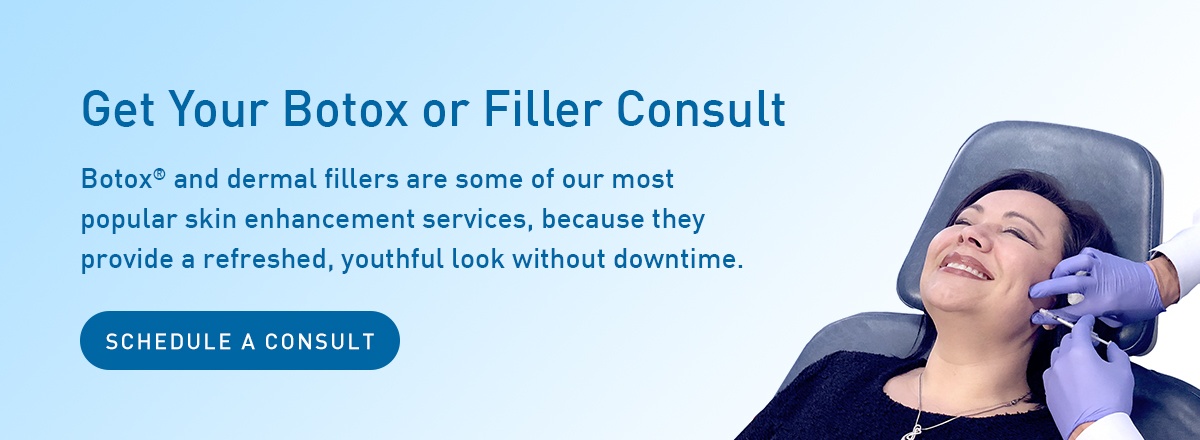
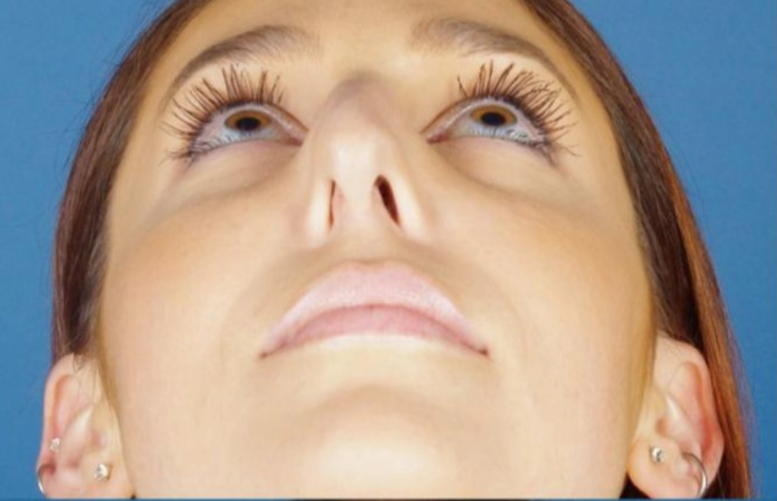
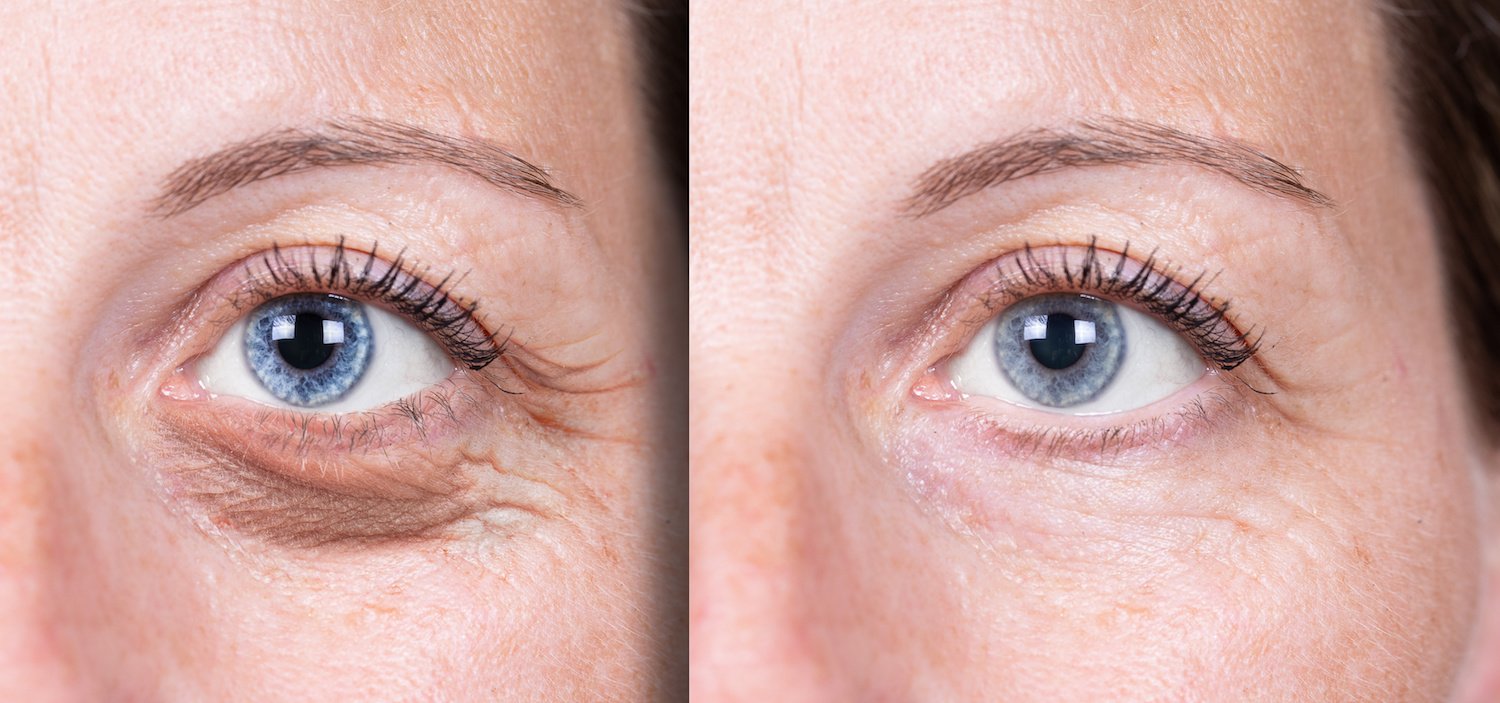
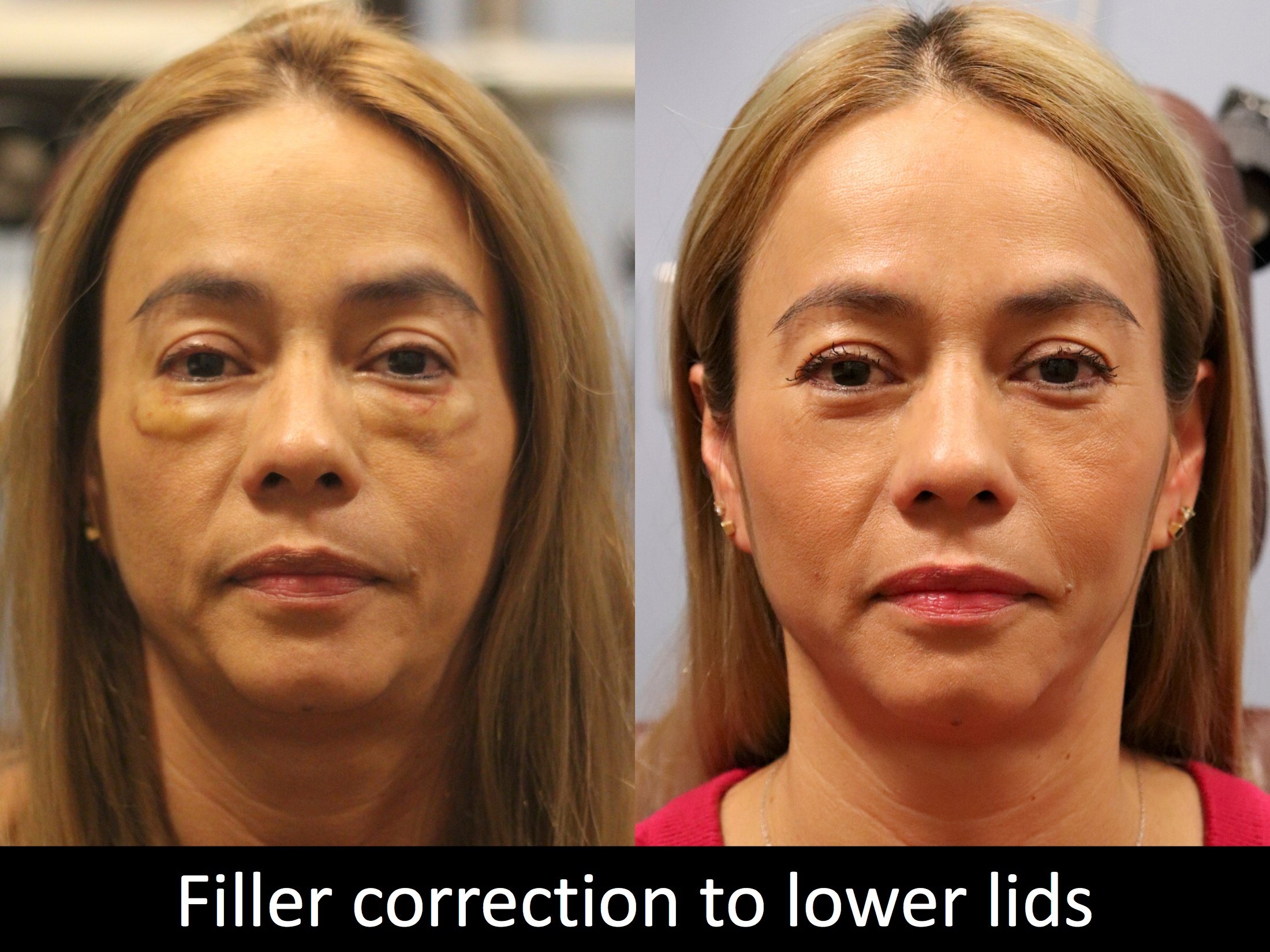
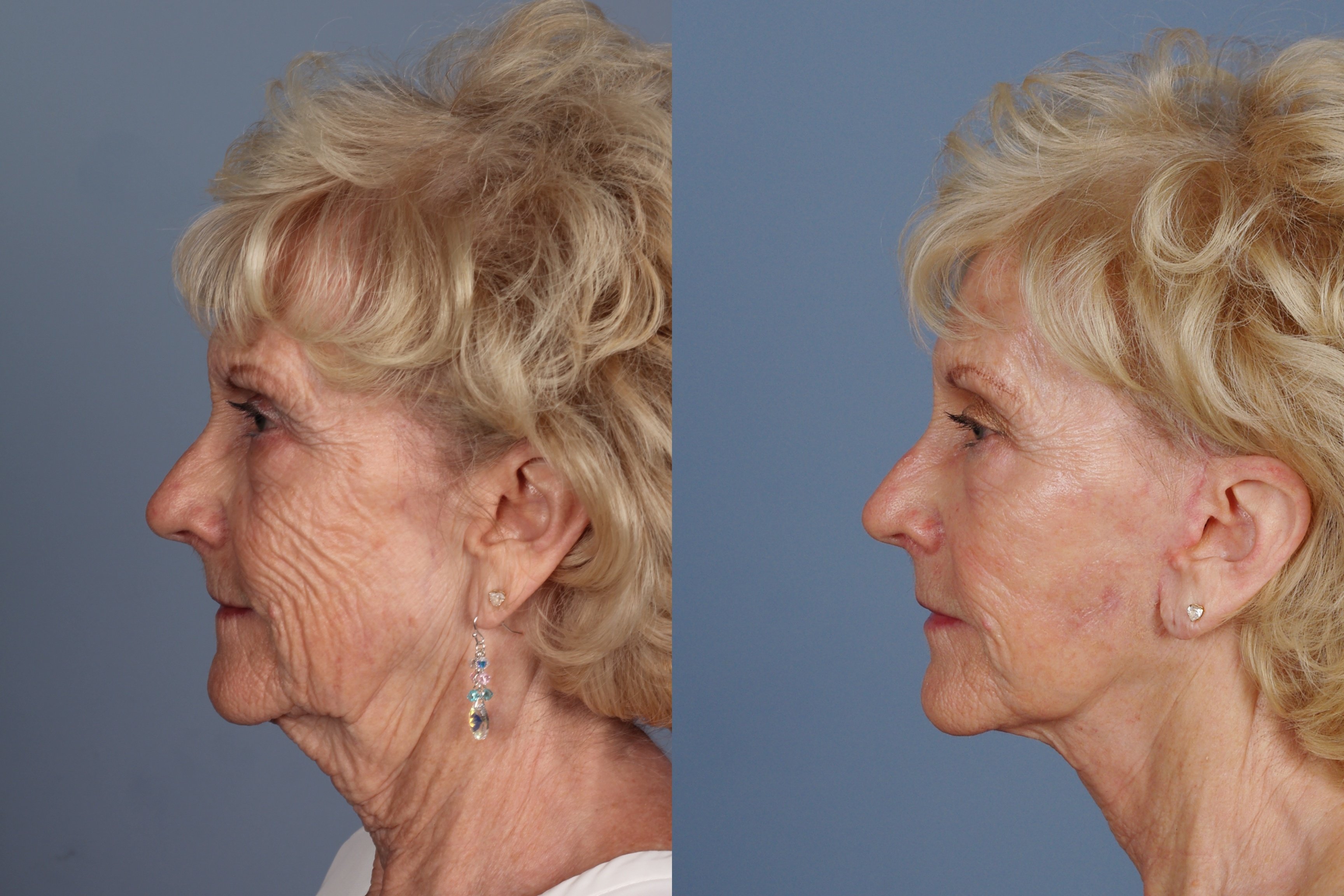
.jpeg)






